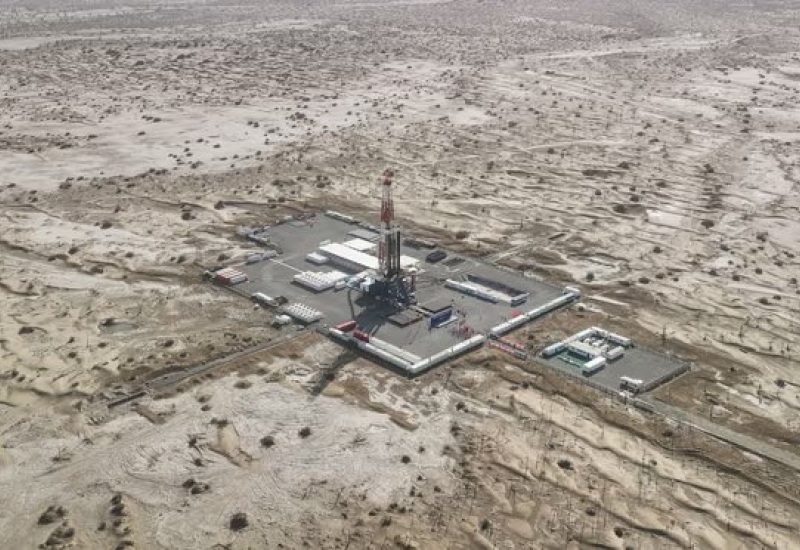China begins drilling the world’s deepest hole in hunt for discoveries deep inside the Earth

In an effort to study areas of the planet deep beneath the surface China begun digging its deepest borehole in the Tarim basin in China’s north-western region of Xinjiang with a planned depth of 11,000 meters.
The deep exploration well will allow scientists to study the internal structure and evolution of the Earth, and provide data for geoscience research. Wang Chunsheng, a technical expert involved in the operation, described it as a bold attempt to explore the unknown territory of the Earth and expand the boundaries of human understanding.
It is not going to be an easy feat, however. The equipment, which weighs more than 2,000 tonnes, is designed to withstand underground temperatures of up to 200°C and an atmospheric pressure that is 1300 times higher. In addition to the extreme conditions deep below the surface, the harsh ground environment of the Tarim basin – home to China’s hottest, driest desert – adds to the challenge.
The Xinjiang region, in particular, is known to be rich in mineral deposits and oil. Only last month, Sinopec, China’s largest refining company, found sizable oil and gas flows in an exploration well in the Tarim basin at a depth of more than 8,500 metres below the surface.
With a depth of 12,262 metres, the Kola Superdeep Borehole in north-west Russia is the world’s deepest human-made hole.
Source: The Guardian
Image: Xinhua/Li Xiang/EPA







